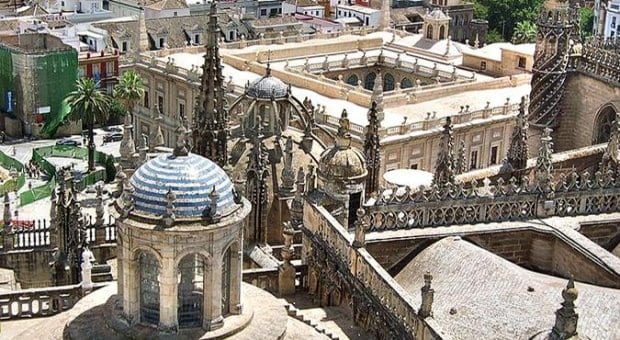Spread across diverse Iberian and island landscapes, Spain has a wide variety of climates and topography. If you’re wrapping up summer with no plans, consider Spain in September as temperatures dip, but prices do, too, and the water’s still warm. Crowds aren’t so big, but hotels and restaurants are open and circuit parties still pound, some right through October. September is also when some of the country’s most interesting festivals get underway.
The green northern hills of coastal Galicia and the Basque country get winter snow, but summers are pleasantly temperate. As Madrid’s big-city streets get brutally hot, the snow-capped Pyrenees and beach towns and islands on three coasts provide relief from the summer heat. Benidorm, Ibiza and Sitges are busiest from June to October, especially in July and August. But Barcelona and Valencia also have beaches, summer beach discos and, in Barcelona, the August circuit-festivalpool-party frolics.
Pamplona’s bulls in July are the most famous, but the animals run with daring young men through the streets of many towns and villages, including Dénia, where it all ends up at (or in) the sea.
At La Tomatina, a rowdy late-August tomato fight in Buñol, near Valencia, the mostly foreign young participants drink a lot, lose their clothing in the melee, and then get hosed down and drink some more. annual summer music festivals are also big attractions.
In autumn, big-city circuit parties resume, film festivals take place, and gay-bar calendars fill with a variety of events, including sex/fetish parties for the bear and leather crowds.
As September temperatures drop, the harvest season begins, and village and small-town fiesta wine flows freely, bulls run wild, and people parade, dance, build human towers and deafen themselves with pyrotechnics. Fireworks blaze atop people’s heads, in skies above, and on sidewalks underfoot at Barcelona’sLa Mercèin September, and again with pounding ferocity at the mid-MarchMascletà display during Valencia’s five-day Falles celebration.
Religious festivals, from early December through Easter (Semana Santa), are quieter family times, with a strangely peaceful New Year’s Eve. But pre-Lenten Carnival celebrations transform Sitges and Maspalomas, on Gran Canaria (the second-most populous of the Canary Islands, off the African coast), the week prior to Fat Tuesday, with Carnival queens and drag queens aplenty. Seville’s post-Easter Real de la Feriais a big annual Andalusian celebration.
Maspalomas/Gran Canaria celebrates Pride in May; the Barcelona, Sitges and Valencia Pride parades and festivals are in June; Madrid, now boasting one of the world’s largest, does its on a July evening; and Benidorm reserves a September date.
Playa del Inglés beach resort on Gran Canaria is popular year-round with gay Brits and other northern Europeans. The coast from Málaga to the Costa Blanca, home to many British expats, is gayest at Benidorm. Each has a laid-back scene of dozens of small gay bars, most open year-round, and like Sitges to the north, they feature an older, more settled gay scene than you’ll find in the circuit-party capital of Ibiza.
See our gay city guides for nine Spanish destinations: gay Alicante, gay Barcelona, gay Benidorm, gay Gran Canaria, gay Ibiza, gay Madrid, gay Seville, gay Sitges and gay Valencia.

 Why you can trust Xtra
Why you can trust Xtra